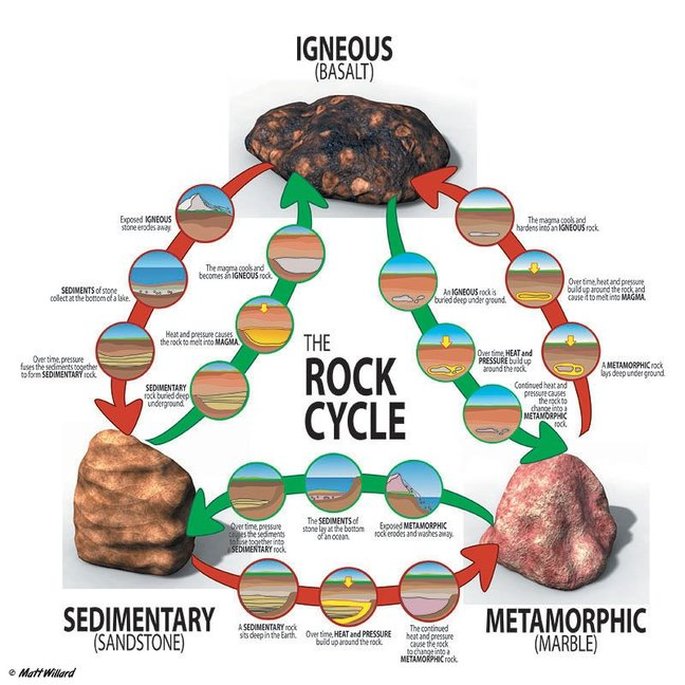
GSW uses a sensor web that retrieves real-time data from the physical world for the first time on a large scale (Butler, 2006 Di, 2007). In the last two decades, a Geospatial Sensor Web (GSW) has been proposed as a fundamental paradigm shift in geoscience research (Di, 2007 Chen et al., 2014a Gong et al., 2015). Therefore, the processes of Earth systems cannot be fully captured and analyzed, let alone online services for geoscience researchers, government, and the public. Moreover, most RS-based observations are provided as non-real-time data in isolated databases. However, these sensors, no matter satellite or ground platform, are isolated sensing resources without cooperation. With the help of these technologies, earth science research has advanced in efficiency and scope. Whereas ESN allows geoscientists to have more automatic and continuous, but spatially discrete samples of the environment they study (Welsh, 2010). RS technology provides geoscientists, for the first time, with a spatially continuous measurement of the atmosphere (Kaufman et al., 2002 Chand et al., 2009 Zou et al., 2016), the earth's surface (Bills, 2009 Hu et al., 2014) and even the underground (Mansor et al., 1994). To promote geoscience research, satellite Remote Sensing (RS) and Environmental Sensor Networks (ESN) are considered two revolutionary research tools (Hart and Martinez, 2006). However, it is a labor-intensive approach and is not suitable for rapidly changing or large-scale phenomena, such as earth surface disasters. This experiment-based approach is workable, especially in the early stages.

The most traditional method adopted by geoscientists is to obtain samples/measurements on the spot, which are then taken back to the laboratory for chemical/physical/biological analyses. Therefore, the key in geoscience research is to develop highly efficient measurement and analytical technology (Allegre and Courtillot, 1999 Bi, 2004 Lautenbacher, 2005 Reid et al., 2010). These interactions occur on timescales ranging from picoseconds, for chemical reactions on mineral surfaces, to the billions of years, during which plate tectonic processes and biological evolution have radically altered the composition of the atmosphere (Princeton University, 2014). In particular, surface environment of the Earth is controlled by complex interactions between the deep Earth, the atmosphere, the hydrosphere, and the biosphere.

Geoscientists face a unique challenge in seeking to understand the complexity of the Earth's physical and biogeochemical systems. Geoscience is a widely used term in earth science fields.

We have concluded that GSW has become an indispensable cyber-physical infrastructure, and will play a greater role in geoscience research and application. Moreover, four challenges to the future GSW in geoscience research are identified and analyzed, including integration with the Model Web initiative for sophisticated geo-processing, integration with humans for pervasive sensing, integration with Internet of Things (IoT) to achieve high-quality performance and data mining, and integration with Artificial Intelligence (AI) to provide smart geoservices. Furthermore, current GSW prototypes and applications for environmental, hydrological, and natural disaster analysis are also reviewed. Then, we elaborates on four key methods provided by GSW, namely, integrated management, collaborative observation, scalable processing and fusion, and focusing service web capacity. This paper reviews the evolution of geoscience research paradigm to demonstrate the scientific background of GSW. This paper reviews a profound revolution in geoscience that has resulted from the Geospatial Sensor Web (GSW), serving as a new cyber-physical spatio-temporal information infrastructure for geoscience on the World Wide Web (As a benefit of the GSW, increasingly more geoscience disciplines are enjoying the value of real-time data, multi-source monitoring, online processing, and intelligence services. However, scientifically organizing these ICTs toward improving geoscience measurements, data processing, and information services has encountered tremendous challenges. In the last half-century, geoscience research has advanced due to multidisciplinary technologies, among which Information and Communication Technology (ICT) has played a vital role.


 0 kommentar(er)
0 kommentar(er)
